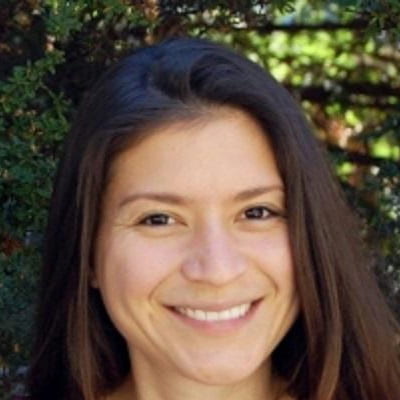Graduate Institution: California Institute of Technology, Mechanical Engineering, Ph.D.
Undergraduate Institution: UC Berkeley, Mechanical Engineering, B.S.
Department: Applied Mathematics
Hometown: Riverside, CA

“I think being at the edge of human knowledge is exciting for me. I just like pushing that boundary; I’m interested in all kinds of fields and I’m just interested in learning.”
What made you interested in research?
I think being at the edge of human knowledge is exciting for me. When you put out a paper, it’s something nobody else has done in the entire world sometimes. I just like pushing that boundary; I’m interested in all kinds of fields and I’m just interested in learning.
What are some of your current projects?
Well I just started my first project with a student a little over a month ago on pattern formation in cell differentiation. Basically, we’ve made a toy model of the process where stem cells morph into different types of cells that your body needs for different functions, like a kidney cell or a brain cell. We watch how the model develops on a two-dimensional plane and, as it develops, how patterns might emerge under different dynamics. Something is driving the decision how the cell differentiates, and so as one cell grows into a larger colony, we can start to see these patterns form.
I’ve also been working with Marco Rolandi, who does bioelectronics. We’re interested in merging the fields of bioelectronics and synthetic biology to create a kind of cyborg cell. For synthetic biology, we know how to control the expression of genes inside of the cell and how to control dynamics on the population-level for bacteria, but all of the processing information is within each cell. The bioelectronics side brings a central brain to the system that acts as a sort of external processor that will take all of this information and formulate a feedback response.
How is it possible to change cells at this level?
One way is to put a gene on a plasmid, which is circular DNA. The reason circular DNA is used is so it is essentially not “chewed up” by the other enzymes in the cell that act as trash-cleaners. If we had placed the gene on a single strand of DNA, it likely would have been destroyed by these cleaning enzymes. In the circular form, though, it’s protected; and when the cell is put into a sort of starvation mode, it will be forced to take up the DNA. Once it’s taken up, the gene will be expressed through the machinery of the cell.
Any plans for your future here at UCSC?
I guess I really just want to understand life, I’m pretty go with the flow. I’d really like to have an experimental wet lab eventually, and just really understand the dynamics of the processes inside of a cell and how it interacts with what we introduce into it.
What are some of your hobbies?
I play soccer, and I’m an avid salsa dancer! I started dancing my first year of undergrad because of salsa clubs that I went to—I was surrounded by good dancers and leaders. It definitely involves overcoming the fear of being embarrassed…there were a lot of awkward years where I’d step on people toes and have to apologize the whole time. And for soccer, I’ve just always played it. Back when I lived in SoCal, I was in AYSO so it’s always been around. I actually just had a friend recently invite me to join an adult league around Santa Cruz, so I’m excited for that to start too.
What’s your favorite ice cream flavor?
Oh gosh, I don’t eat a lot of ice cream, but I’d have to say it’d be Haagen-Dazs Pineapple Coconut. I love coconut and it just tastes good with pineapple.
This block group hides your featured image, remove this block group to show your featured image again.




